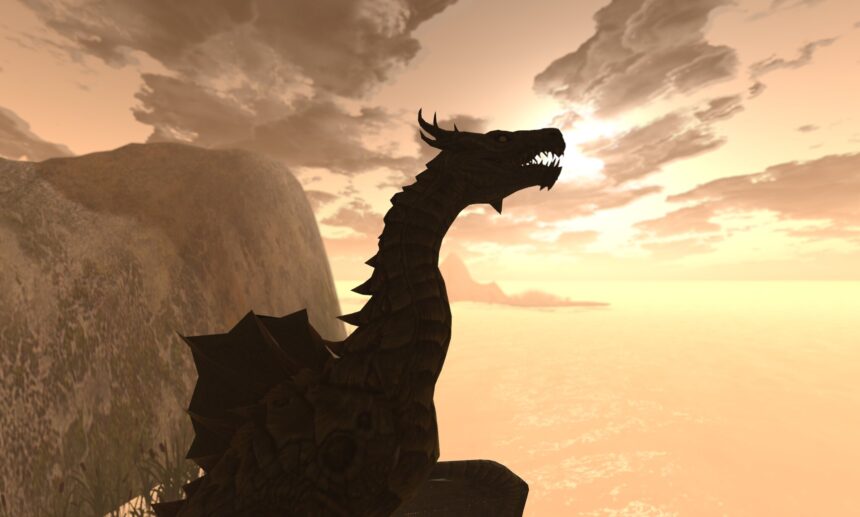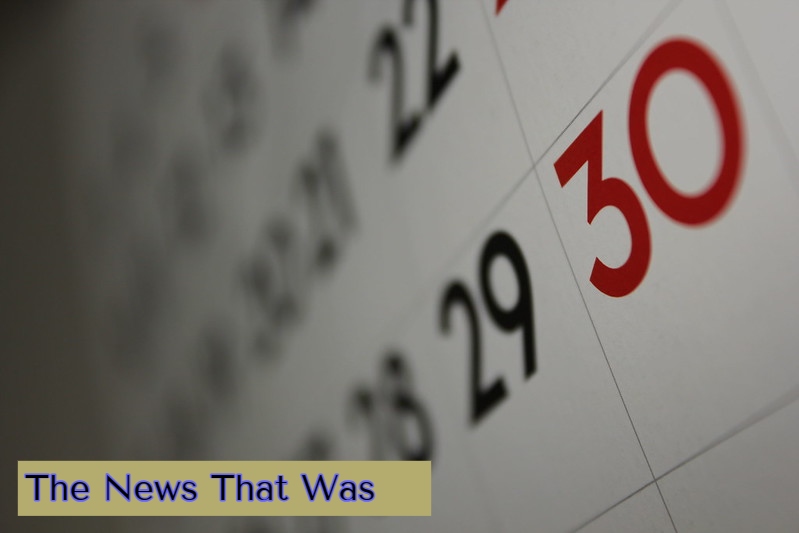
Today’s solar eclipse is a teachable moment about the marvels of science. Just don’t let the role of imagination get lost in the lesson.
by Martin Davis
EDITOR-IN-CHIEF
Today’s a day when Mother Nature and the beauty of science steal the show for school children and adults alike. At 3:19 this afternoon, millions will stop what they’re doing to observe the eclipse at its maximum – 0.878 magnitude.
Though not a total eclipse, at 0.878, the sun and moon will still put on a rather spectacular show, as the following graphic from Time and Date shows.

Stafford Public Schools is taking full advantage of this unusual – but hardly rare – event to deliver some science education.
Using NASA approved, grade-level-appropriate materials, students will gain some real-time, real-world experience. And the youngest kids will get a bus ride they’re sure to remember. Certified teachers will be on elementary school afternoon bus routes and provide additional eclipse facts at appropriate stops, while making sure the kids are wearing appropriate safety glasses.
The science is certainly exciting, and not just for kids. The eclipse is providing an important opportunity for scientists at the Southwest Research Institute to study dust and asteroids that may be orbiting the sun. Meanwhile, a University of Hawaii team will be taking measurements of the sun’s corona and coronal mass ejections.
There’s another side to eclipse history, however, that we’d do well to talk about today – Dragons, and the fertility of the human imagination.
From China and India, to the Native Americans of the American Southeast, people have found colorful and thoughtful ways to explain natural phenomena at a time they did not have the scientific know-how to understand what was happening.
These stories are well-recounted in a new book title Totality by Mark Littmann of the University of Tennessee and Fred Espenak, formerly of the Goddard Space Flight Center.
In an interview with CNN about the work, Littmann noted that one common way ancient peoples explained eclipses was by saying a beast of some type consumed the sun. In China it was a dragon, in Scandinavia a wolf. Other cultures described the sun and moon fighting – or loving – one another. (For other examples, see this short video put together by Time magazine.)
These stories sound simple to our ears, but while watching today’s event, take a few moments to leave the science behind and ask yourself this. If we didn’t know celestial mechanics, or understand gravity, how would we explain what we are watching?
As a history professor at the University of South Carolina about 30 years ago, I challenged my students to try this by laying out at night under the stars and explaining what they observed without referencing any science from the 1st century ACE forward. An assignment that was laughed off by many turned into a struggle. And it opened many eyes to the challenges of understanding what we do not have the capacity to know at the moment.
Did the ancient Chinese really see a dragon consuming the sun? Of course not, but the imagery makes sense, if you just allow yourself the space to see it.
The imagery also demystifies what we can’t explain. And that demystification was crucial to helping ancient people not only cope with the unknown, but to eventually understand the connection between similar events. As Littmann noted in his CNN interview:
[F]rom 750 BC on, the Babylonians recorded eclipses in their cuneiform writing on clay tablets. By about 600 BC, the Babylonians noticed that eclipses were occurring at regular intervals, so they used that interval to predict when a future eclipse would take place. Their predictions were amazingly correct. Even today, if we add 18 years and 11⅓ days to the date of one eclipse, we will almost always find an eclipse of the same type occurring at the end of that period.
There’s connective tissue between imagination and science. And if we cut the former from the latter, we do damage to our ability discover the mysteries of the universe.
No less than Albert Einstein himself appreciated the importance of imagination in his work. Writing in his 1931 work Cosmic Religion and Other Opinions and Aphorisms, Einstein said:
Imagination is more important than knowledge. For knowledge is limited, whereas imagination embraces the entire world, stimulating progress, giving birth to evolution. It is, strictly speaking, a real factor in scientific research.
Einstein’s use of the word “imagination” here is nuanced (see this article in Big Think), but what matters is that the greatest physicist of the 20th century appreciated the role that imagination played in advancing knowledge.
At a time when the study of the liberal arts is coming under attack, and more emphasis is placed on STEM, CTE, and other nonhumanitarian disciplines, it’s worth pondering for a moment where we would be in the world of science were our imaginations not in play.
This is not an argument to clip the wings of science education and hands-on training. Rather, it’s a plea to allow those bound for scientific and technical fields to be allowed to enter those worlds with their wings fully spread – well-grounded in the humanities and the various ways that those humans who came before us used imagination to make sense of the world, and advance knowledge.
So, sunglasses on, and science lessons open. Just leave some space in the day for a little history – and some dragons





